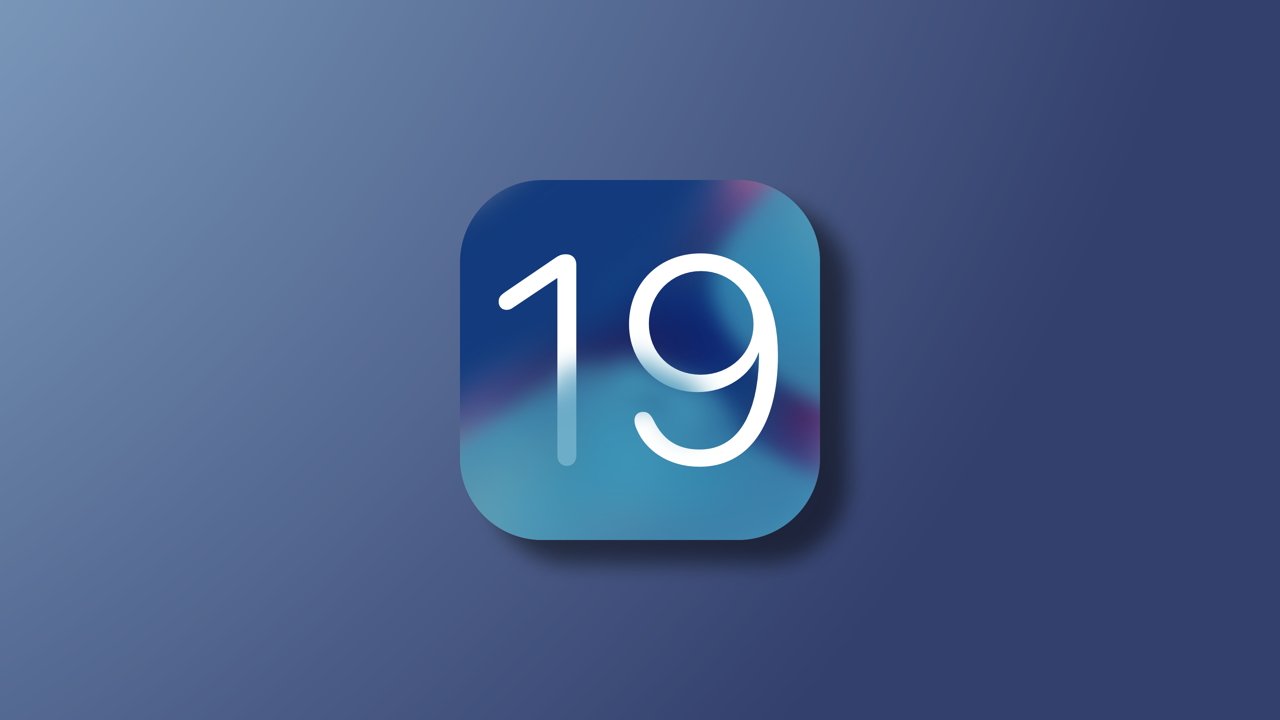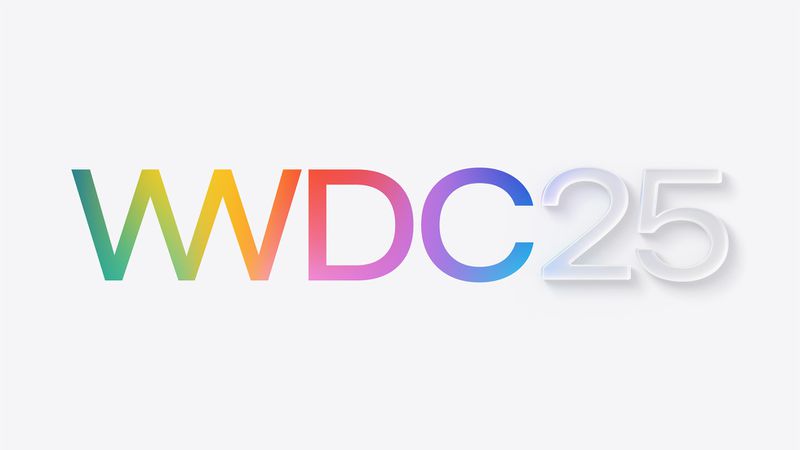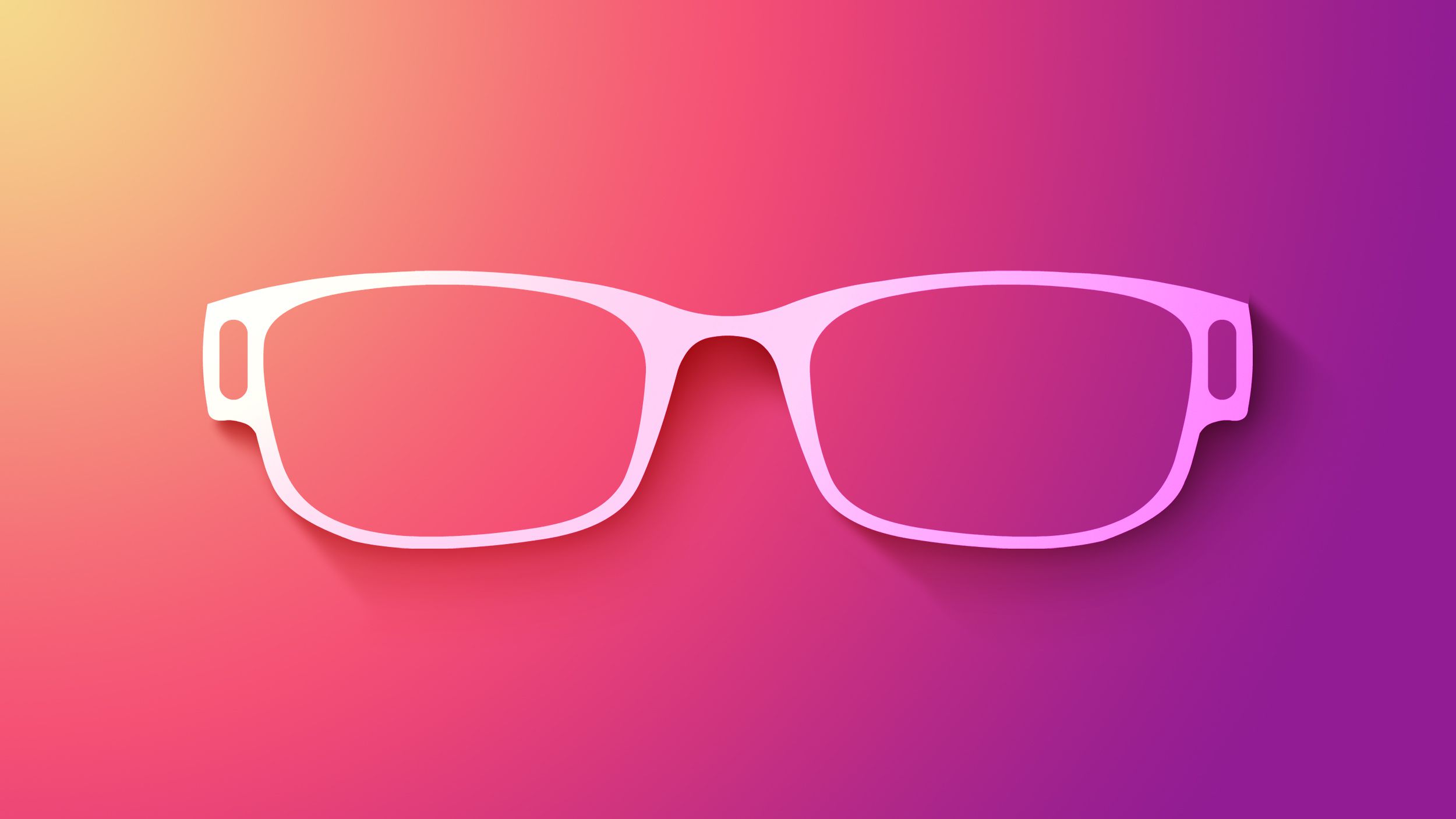Apple will soon bring in iOS 19, giving your iPhone some amazing new updates. A quick overview of new developments is here:
A more enjoyable gaming time
When you play games with iOS 19, you can switch on a mode that leaves you uninterrupted by notifications and ads. As a result, you won’t be interrupted by phone calls or messages. Apple is making your iPhone a better gaming device, and this update demonstrates that.
Moving to a new eSIM with Android is quick and simple
It will soon be much simpler to switch from an Android phone to an iPhone. iOS 19 will provide a way to transfer your digital SIM card from your old Android to your brand-new iPhone. A few quick steps on your phone are all it takes, and you don’t have to deal with carriers or SIM cards.
A more intelligent Siri
Apple is trying to ensure Siri gets even smarter over time. Siri will start to give you better answers with the help of recent AI advances. As part of its plan, Apple wants Siri to be useful for common tasks, including setting reminders, messaging from your phone, or looking up information.
In summary:
iOS 19 will bring ease to gaming, help with phone transfer,s and provide a smarter Siri. If you have an iPhone, you’ll find plenty of great features.







